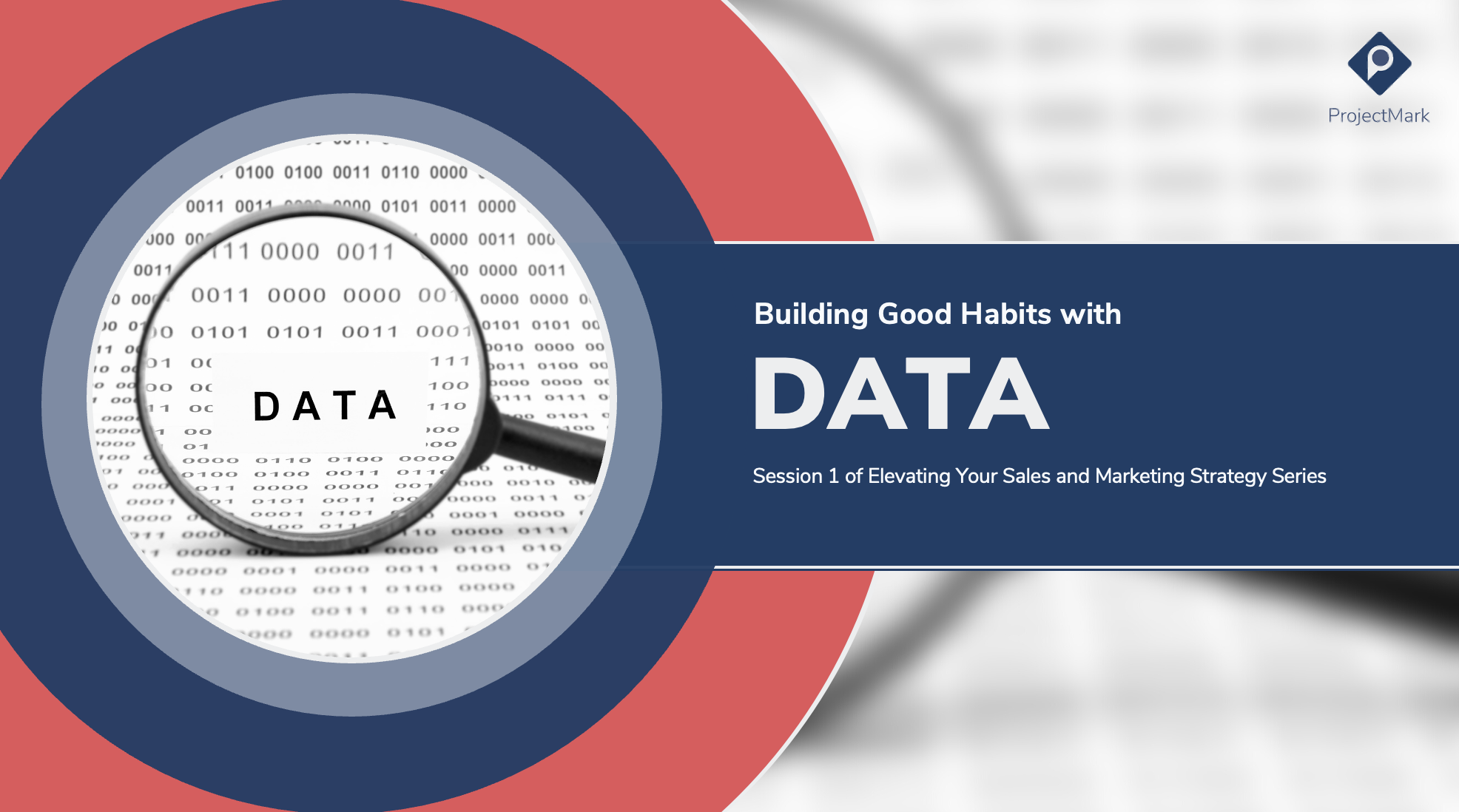Building Good Habits with Data

Introduction
Data is the backbone of decision-making, but how do we ensure that we have all the necessary data we need? In this blog post, we will explore the challenges of data collection and management and present a holistic approach to building good habits with data. We will cover the following topics:
-
The Data Challenge: Why data collection is a challenge and why we don't always have the data we need.
-
The Data Spree Approach: A common approach to data collection that has its pros and cons.
-
The Customer Journey Approach: A more comprehensive and focused approach to collecting key data that emphasizes the creation of better data collection habits.
-
Data Stewardship and Roles: The importance of empowering others to help with data management and ensuring that data is properly managed.
The Data Challenge
Data collection can be a significant challenge, especially in today's fast-paced business environment. With multiple deadlines and projects to manage, it's easy to drop the ball when it comes to data collection and management. As a result, key data can be lost during the transition from business development to operations. Furthermore, data can be fragmented and siloed, making it difficult to aggregate and make sense of all the information.
Data Management Strategies
Two common strategies for data management are the Data Spree Approach and the Customer Journey Approach.
The Data Spree Approach
This approach involves collecting data for a specific deadline or project. It is often used in situations such as:
-
System transitions - When switching from one system to another, data cleanup is usually required. In this scenario, some firms may choose to abandon their old data and start fresh, while others may choose to retag and categorize their data to align with their new system.
-
Mergers and Acquisitions - Similar to system transitions, data cleanup is often necessary when firms merge or acquire another company.
-
New Team Members - When a new team member joins the organization, they may bring with them their own set of contacts and data. It is important to validate this data to ensure its accuracy.
-
System Re-implementation - Sometimes, despite our best efforts, a system can go awry, and a big cleanup may be necessary to get it back on track.
-
Holiday Mailing List - This is an opportunity to review and update our contact and company data, ensuring that everyone is properly categorized and that clients receive the appropriate gifts.
While the Data Spree Approach has its benefits, it can also have drawbacks. For example:
-
Long-term sustainability - This approach is not sustainable in the long term as it can be exhausting and burn out the team.
-
Problem detection - With infrequent data collection, it can be difficult to identify and address problems, as fluctuations in data may not be noticed.
-
Proposal deadline pressure - Gathering data under pressure can lead to inaccuracies and stress.
The Customer Journey Approach
The Customer Journey Approach is a comprehensive and focused approach to collecting key data that emphasizes the creation of better data collection habits. This approach involves mapping the customer journey and identifying key points and gaps in the process. The following are the five steps of documenting your customer journey:
-
Map the customer's current journey and internal process.
-
Identify gaps and key points in the process.
-
Review and prioritize data needs based on the customer journey and process.
-
Establish data collection and management processes and routines.
-
Regularly review and update data collection and management processes
Summary
One of the biggest challenges in data management is getting the right data at the right time. As data-driven leaders, it's crucial to have a comprehensive strategy in place to ensure that we're capturing key data effectively. In this article, we'll explore two common approaches to data management, and why the Customer Journey Approach is a more effective solution for building good habits with data.
The Data Spree Approach, as the name suggests, is based on collecting data based on specific deadlines or projects. This approach works well in some scenarios, such as switching systems, mergers, and acquisitions, or when new team members join the company. However, it can be ineffective in the long run and lead to inaccuracies, especially when data is collected under pressure or when there is a lack of regular monitoring.
The Customer Journey Approach, on the other hand, is focused on collecting key data based on the customer journey and your firm's internal process. This approach is more holistic and helps to create better habits for data collection, as opposed to collecting data only when there is a specific need. By mapping the customer journey and identifying gaps and key points in the process, firms can effectively document their customer journey and use the data to improve their internal processes.
In conclusion, data is essential for making informed decisions, and a comprehensive data management strategy is critical for success. The Customer Journey Approach provides a more holistic solution for collecting key data and building good habits for data management. By adopting this approach, firms can ensure that they have accurate data at their fingertips, which will enable them to make informed decisions and drive growth.
Interested in learning more about managing your data easily? Check out our new ProjectMark CRM.

